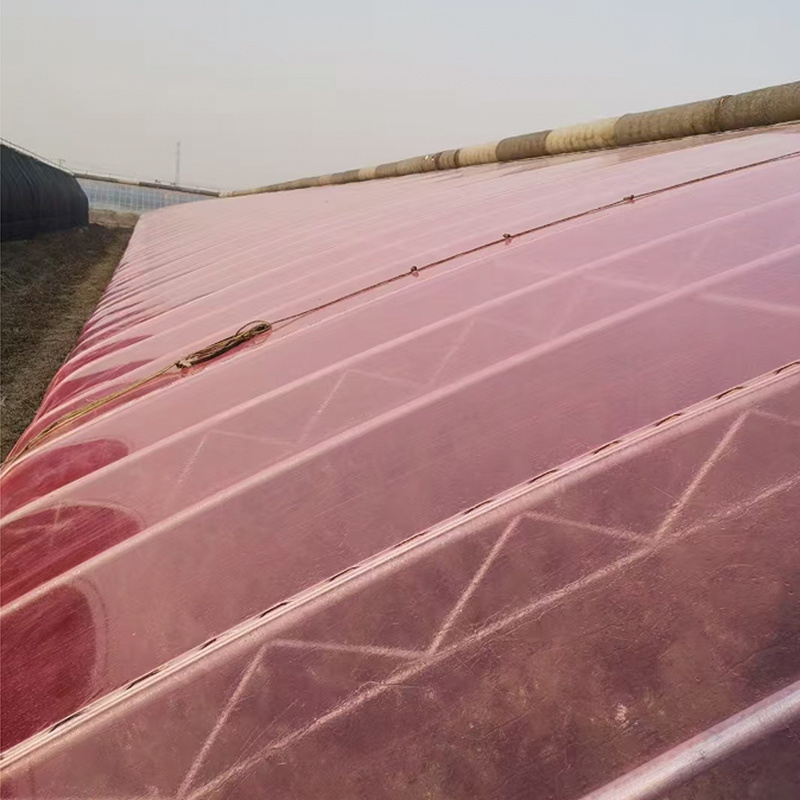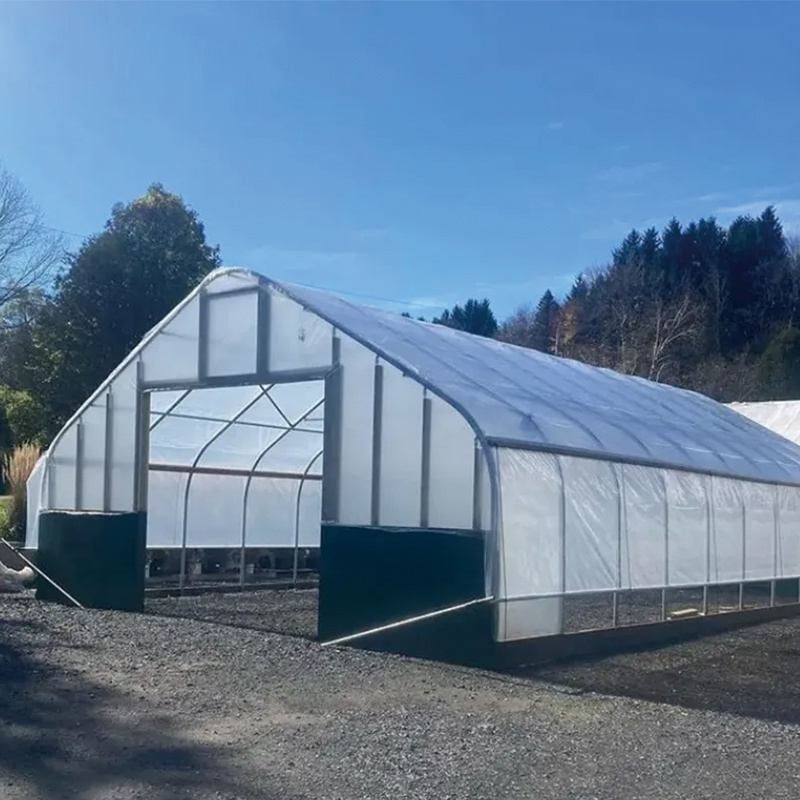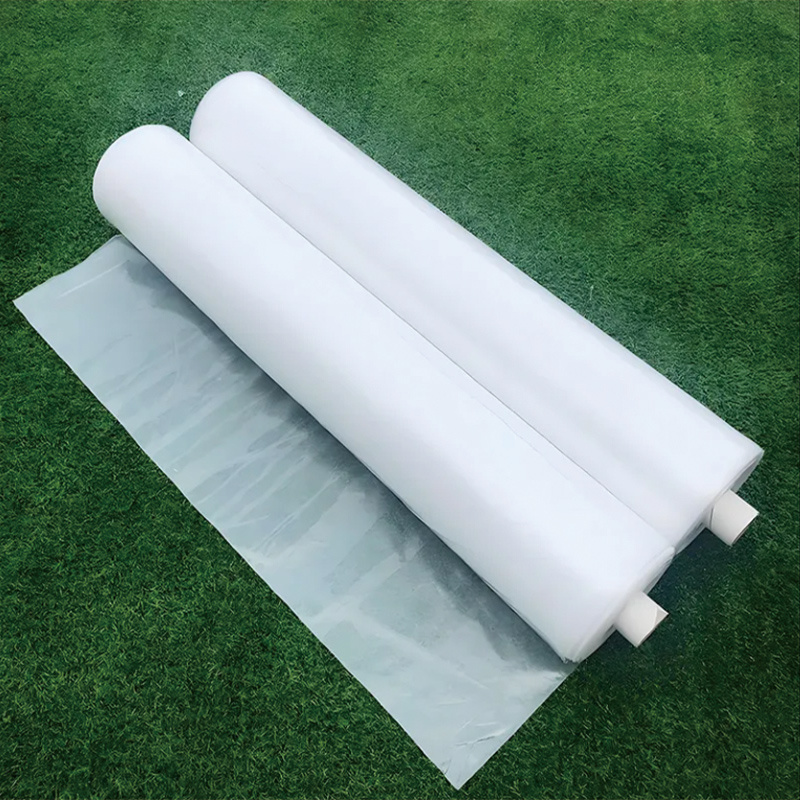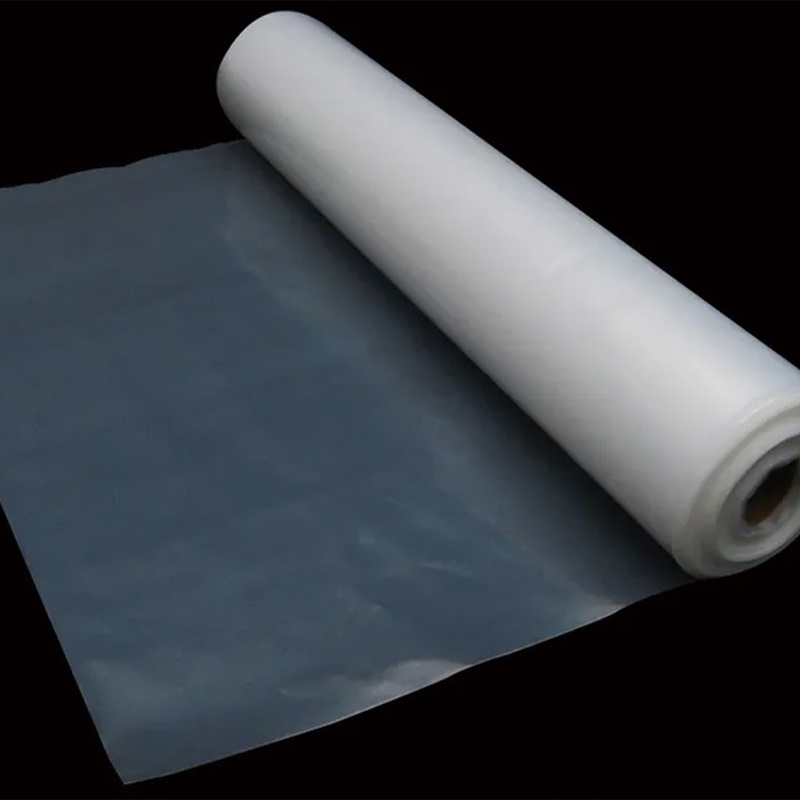Products
Contact Us
Tel:+86-13345113241(Flora Li)
WeChat:+86-133-4511-3241
WhatsApp:+86-133-4511-3241
Email:sales@clgreenhousefilm.com
Email:liflora426@gmail.com
Factory Address: Zhuliang Plastics Industrial Park, Gaoliu Town, Qingzhou City, Shandong Province
Jinan Foreign Trade Sales Address: Unit 2, Building 7, Shanggan Xintiandi, Industrial South Road, Jinan City
Spectral conversion film
Light-conversion greenhouse film, also known as a spectral conversion film. This is a special type of functional plastic film used in agriculture to convert less-usable parts of sunlight (like UV) into more photosynthetically active light, typically red or blue light, which plants can use more efficiently.
Keywords:
Details Description
Light-conversion greenhouse film, also known as a spectral conversion film. This is a special type of functional plastic film used in agriculture to convert less-usable parts of sunlight (like UV) into more photosynthetically active light, typically red or blue light, which plants can use more efficiently.
Here’s an overview:
Light Conversion Greenhouse Film (Spectral Conversion Film)
|
Item |
Details |
|
Name |
Light Conversion Greenhouse Film / Spectral Conversion Film |
|
Material Base |
Usually PE (Polyethylene) with light-converting additives |
|
Main Function |
Converts UV or violet light into red or blue light to enhance photosynthesis and plant growth |
|
Light Conversion Types |
UV → Red light / UV → Blue light / UV → Red + Blue |
|
Common Additives |
Rare-earth luminescent materials (Europium, Terbium compounds), organic luminescent dyes |
|
Target Wavelengths |
Converts <400 nm UV into ~450 nm (blue) or ~660 nm (red) light |
|
Benefits |
|
|
→ Enhanced Photosynthesis |
Red and blue lights are most effective for photosynthesis |
|
→ Faster Plant Growth |
Promotes biomass accumulation and flower/fruit formation |
|
→ Better Light Utilization |
Makes use of UV light that is otherwise not used by plants |
|
→ Potential Pest Reduction |
UV conversion reduces UV attraction to pests like whiteflies |
|
Usage Areas |
High-tech greenhouses, vegetable production, flower cultivation, fruit crops |
Working Principle
These films contain light-conversion pigments or phosphors that absorb high-energy UV or violet light, and then re-emit it as lower-energy visible light (red or blue). This process is called photoluminescence.
Example Applications
Tomatoes / Peppers / Strawberries – respond well to red light.
Leafy Greens (Lettuce, Spinach) – benefit from both red and blue light.
Flowers (Chrysanthemums, Roses) – flowering and color development can be improved.
The exact conversion efficiency depends on the film quality and additive type.
Film cost is typically higher than standard PE, but yields and quality improvements can offset that.
Some films also retain other functions (anti-drip, anti-fog, anti-dust, IR-blocking, etc.)
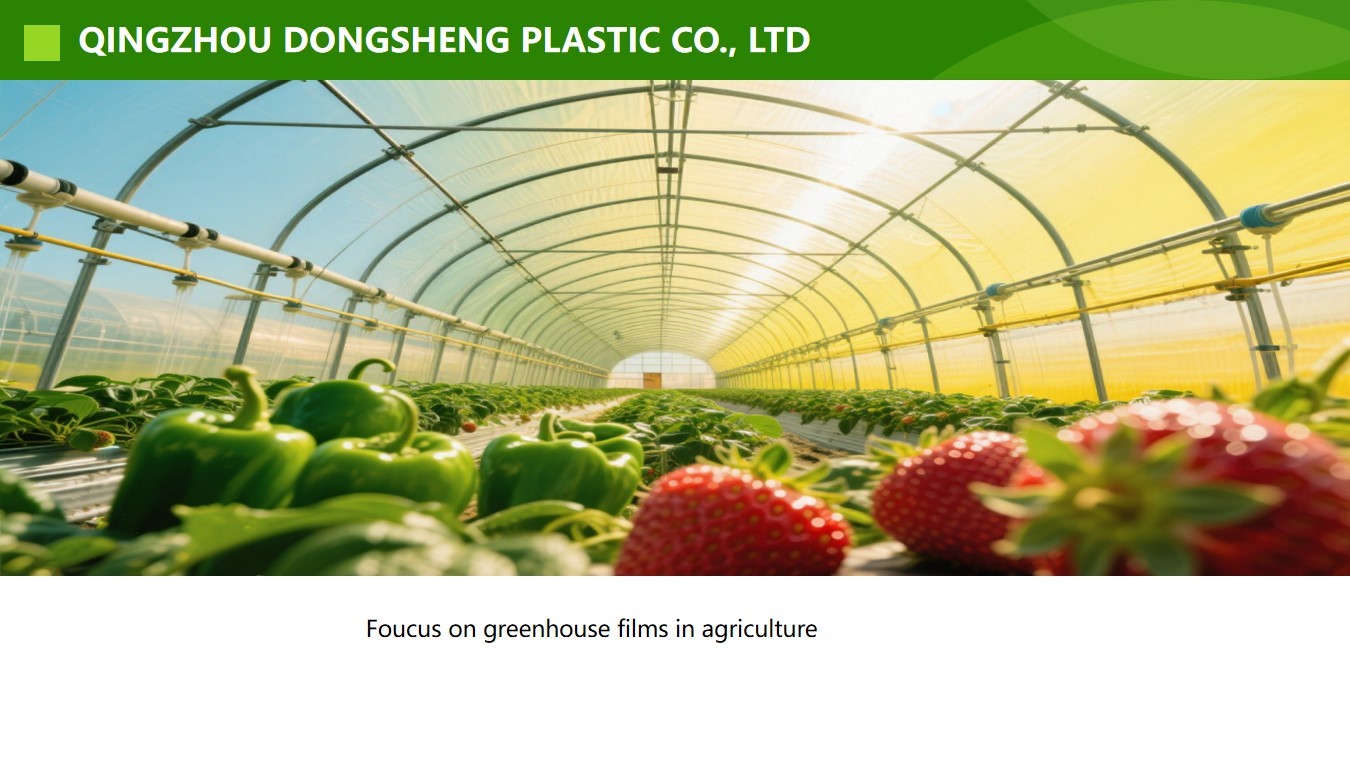
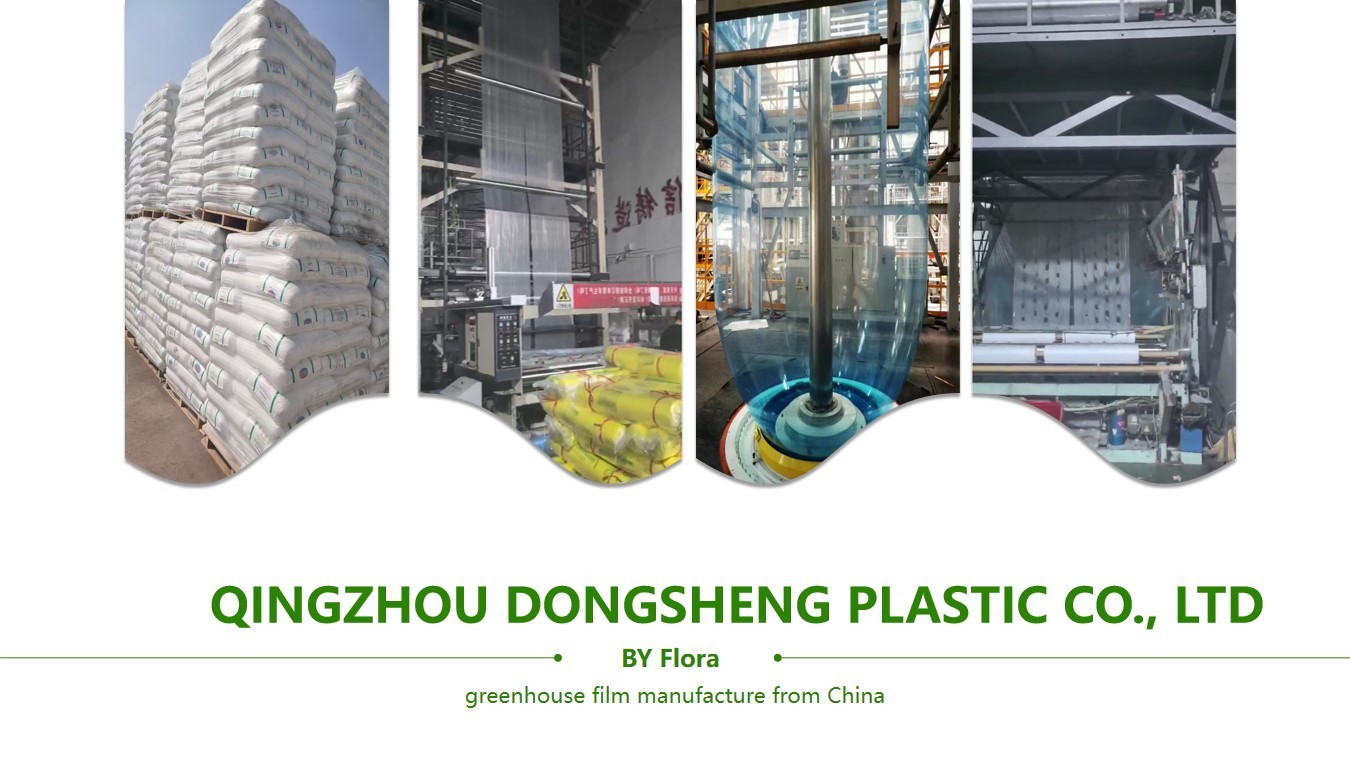
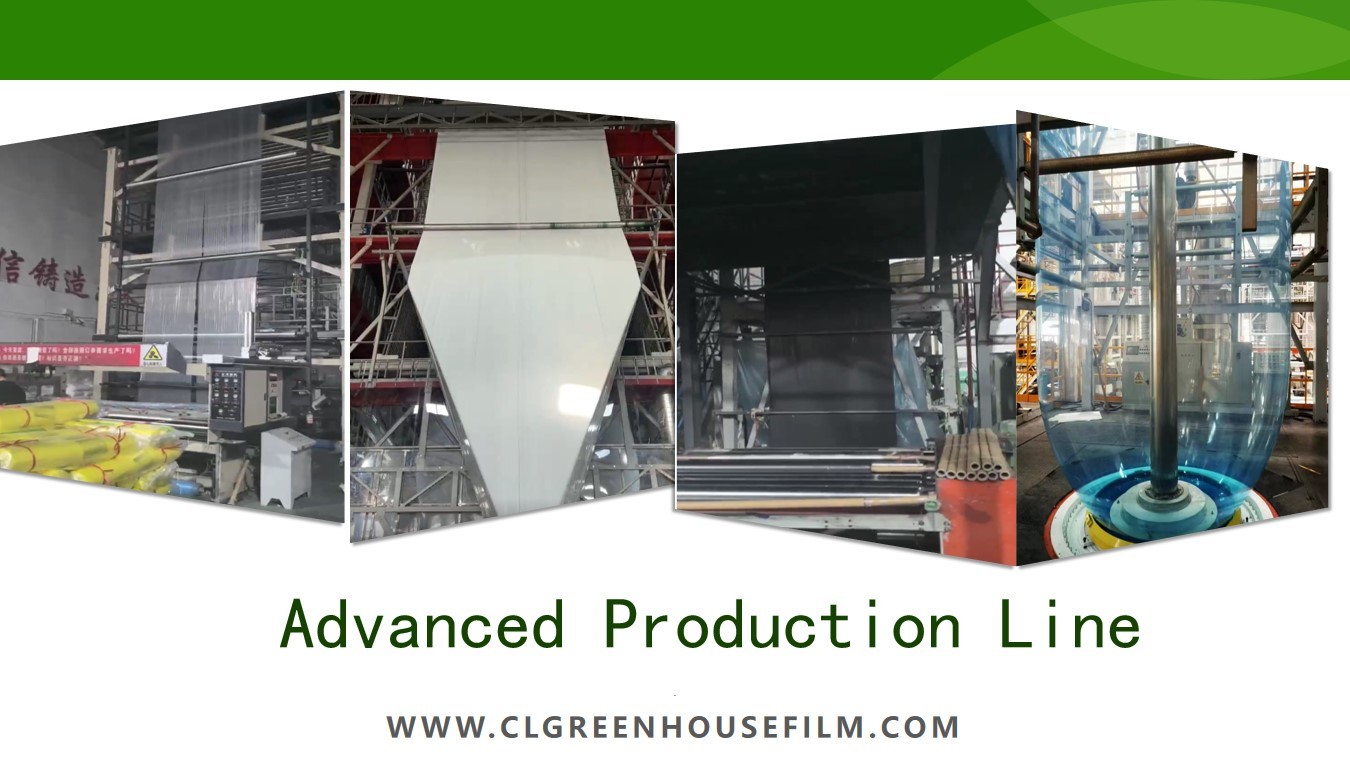
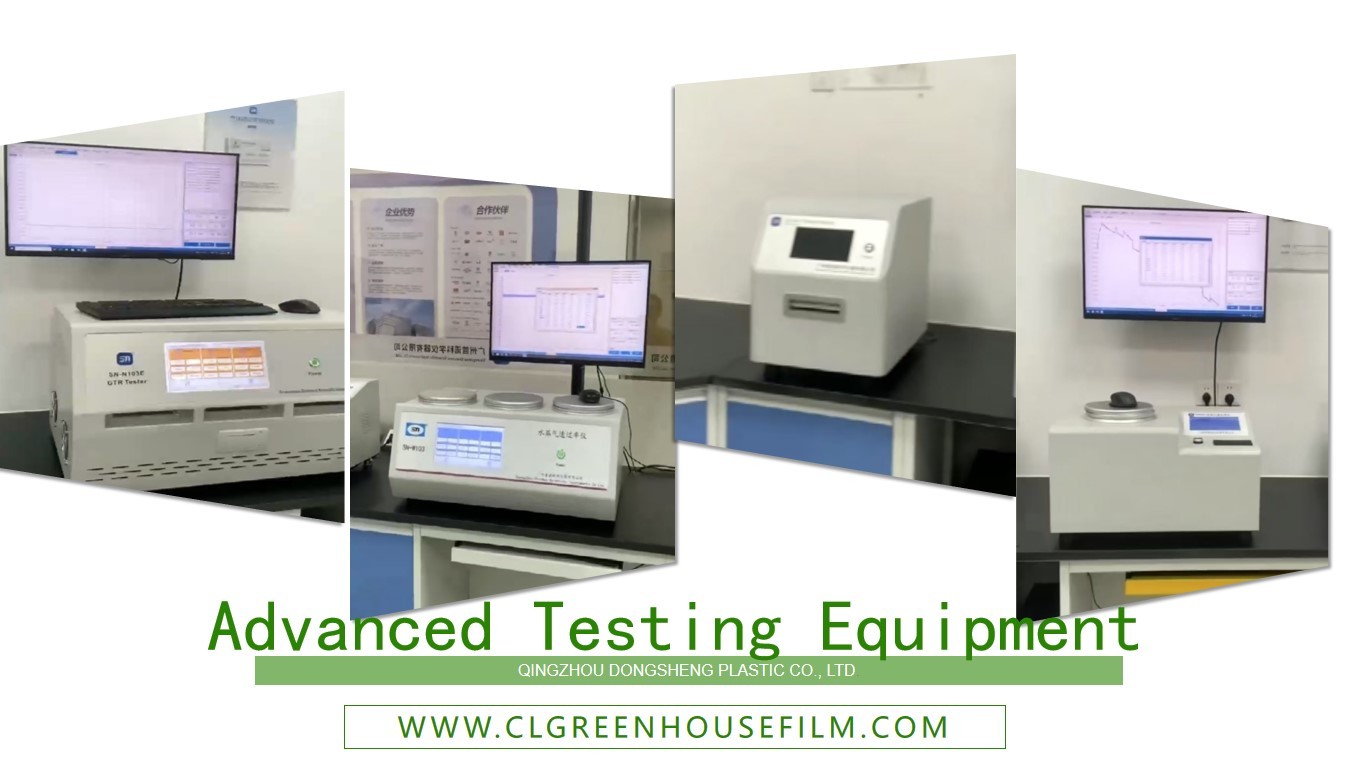
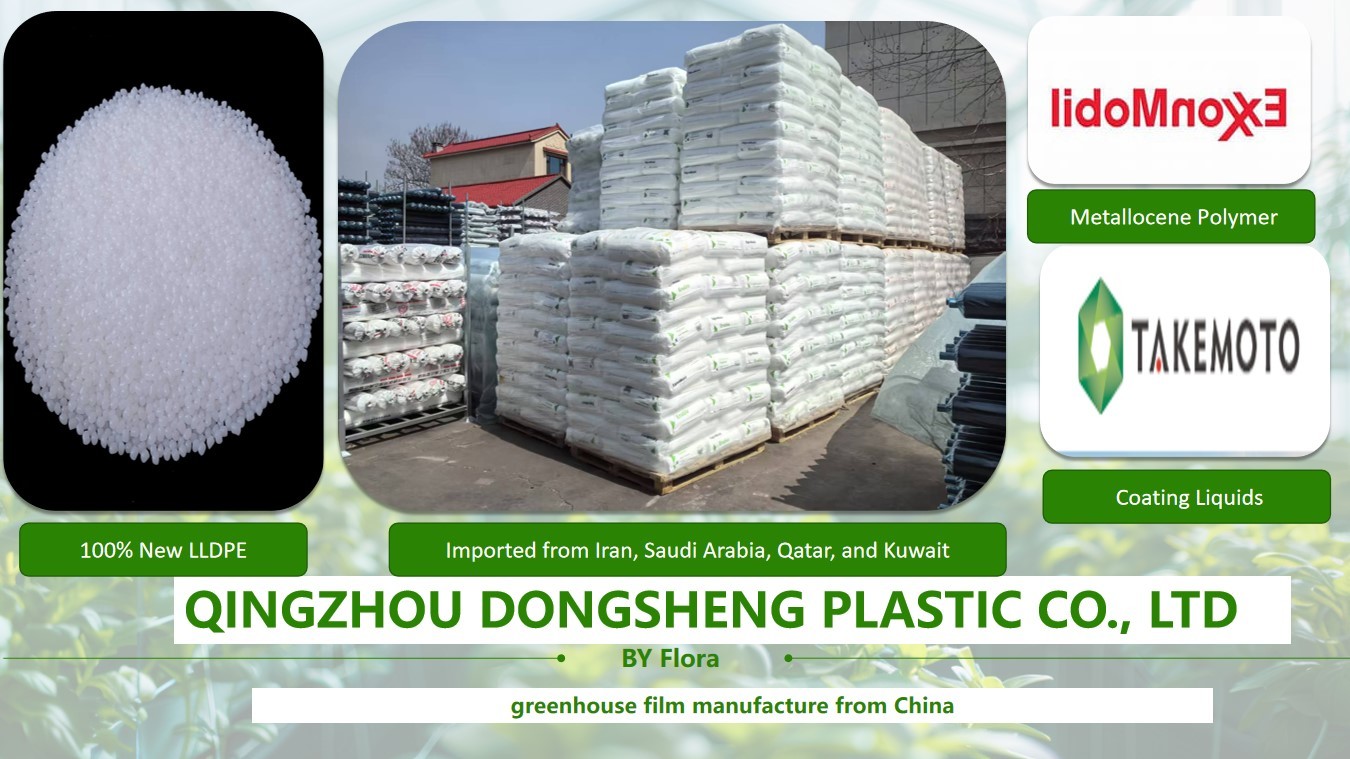
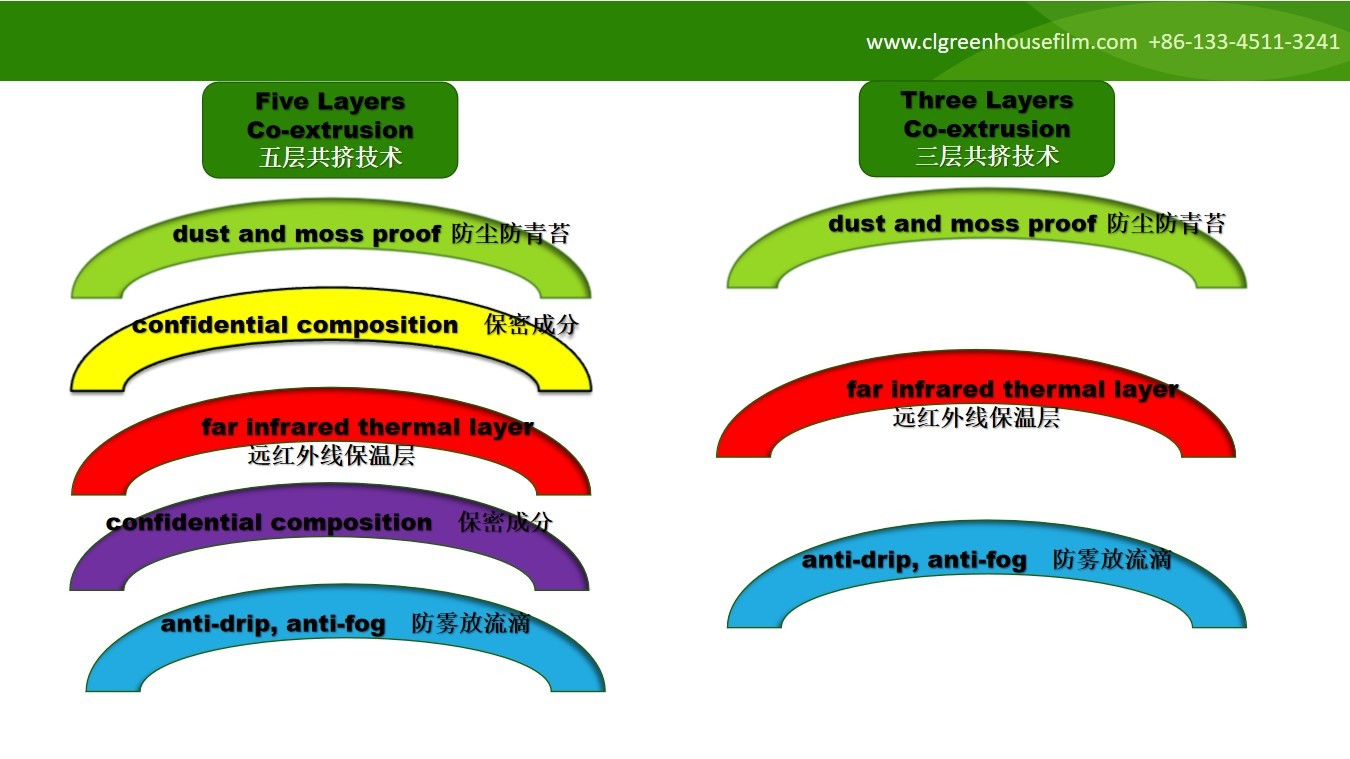
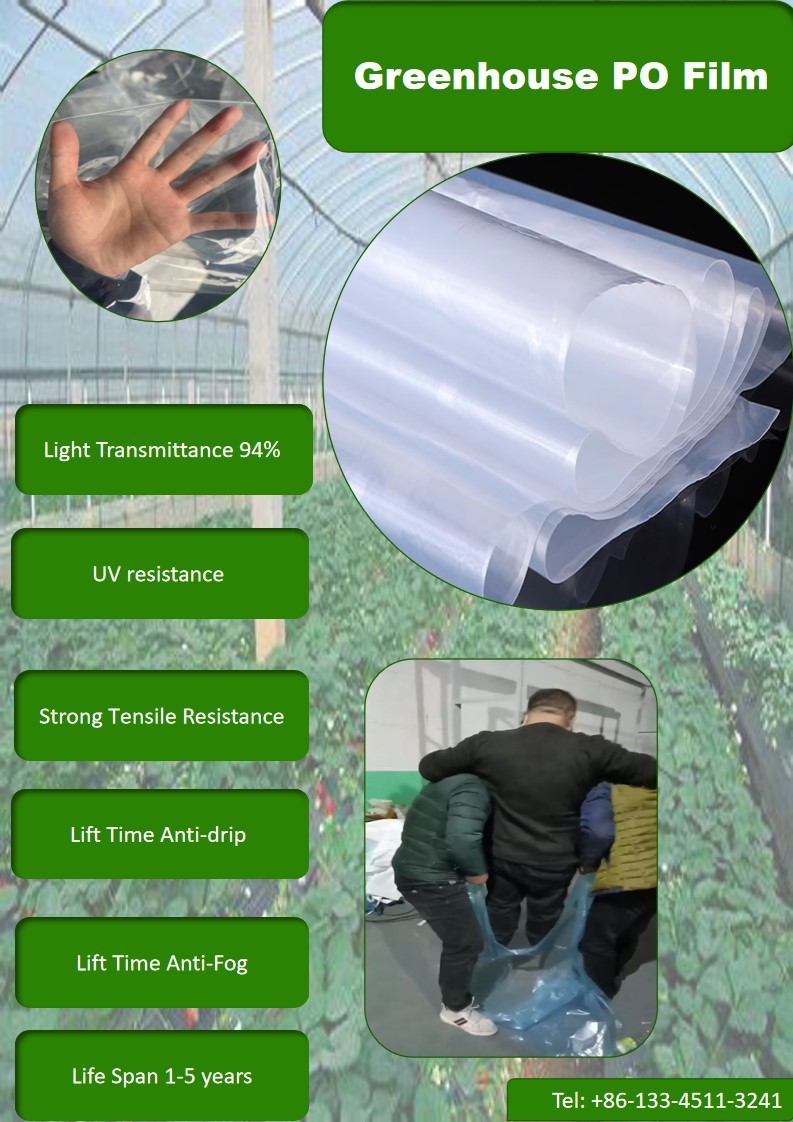
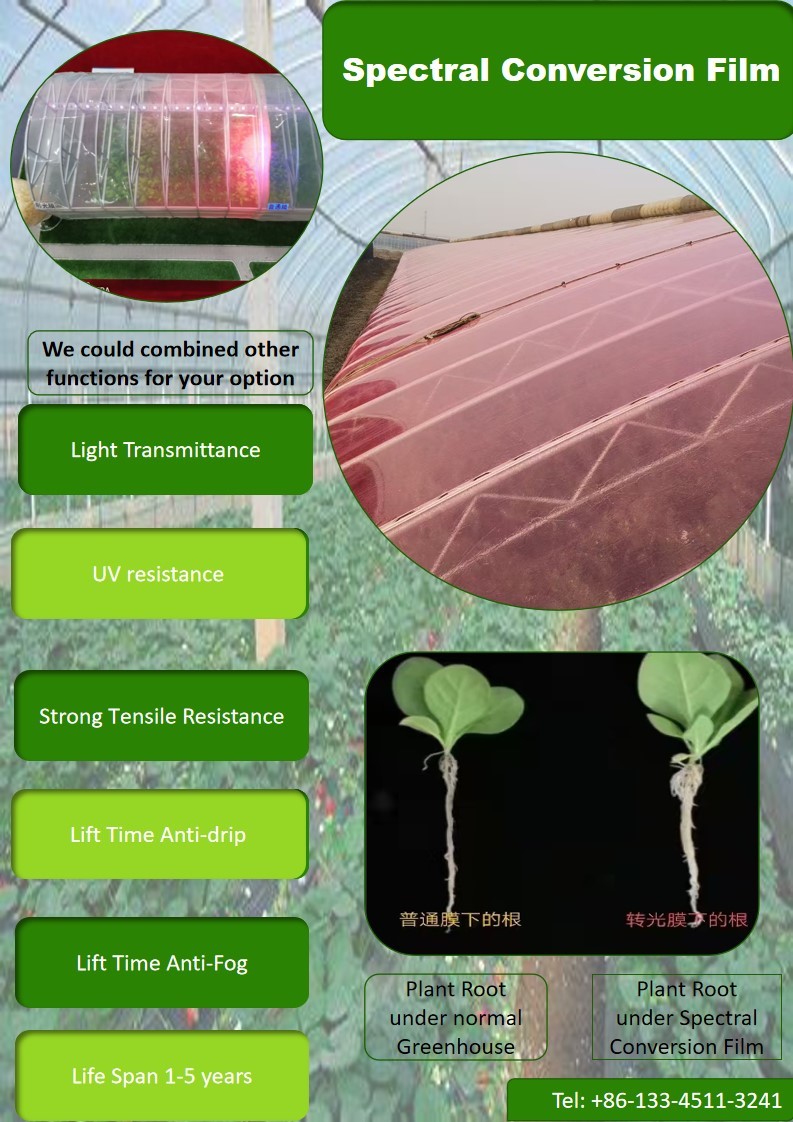
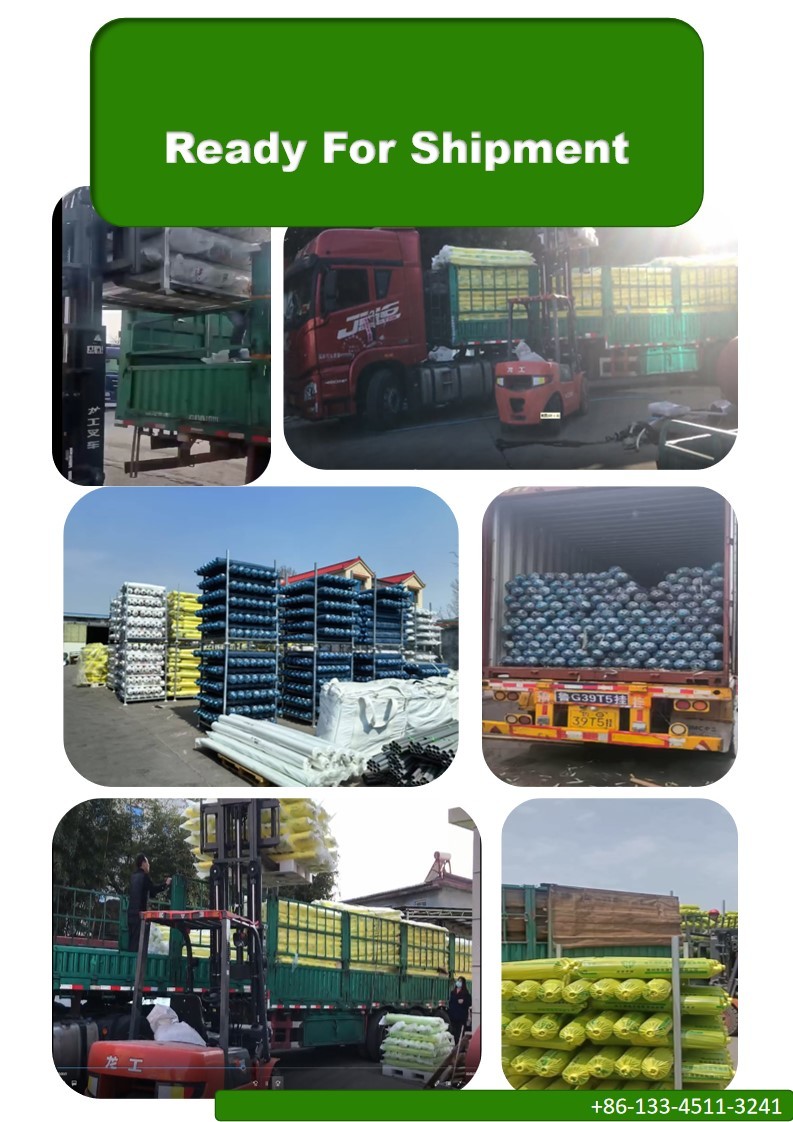
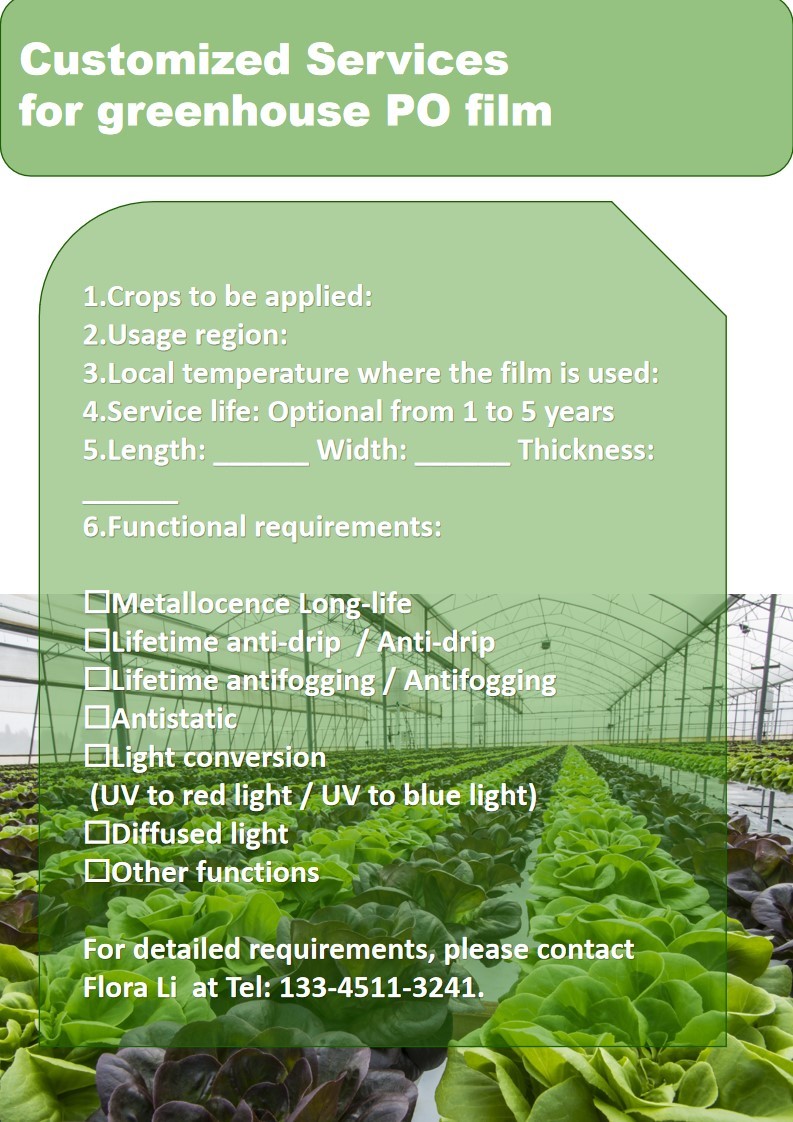
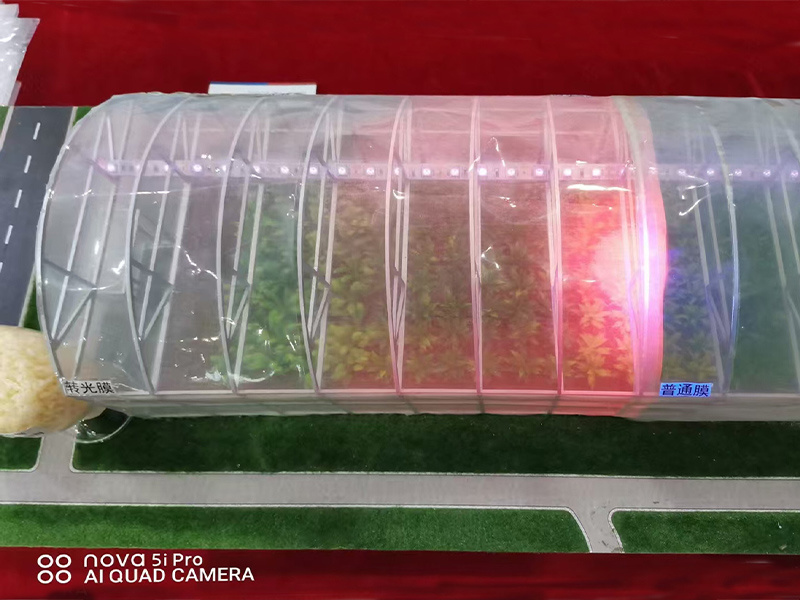
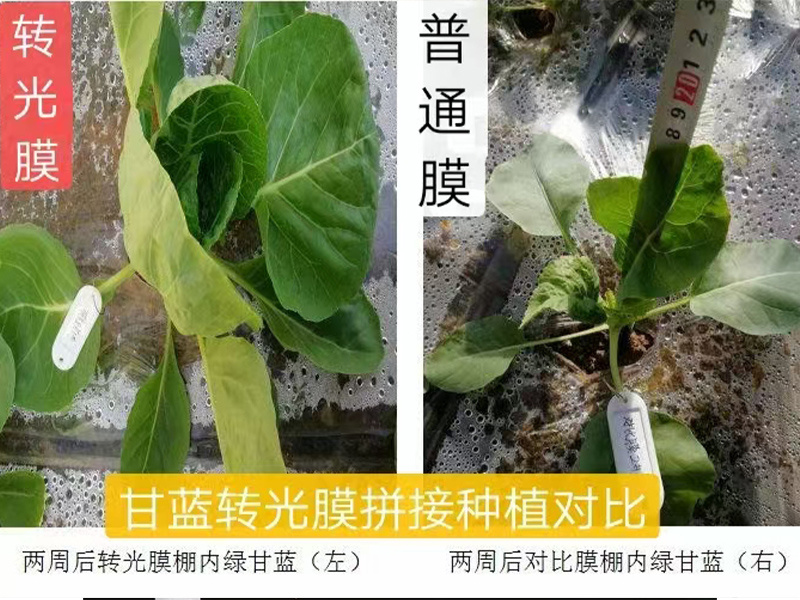
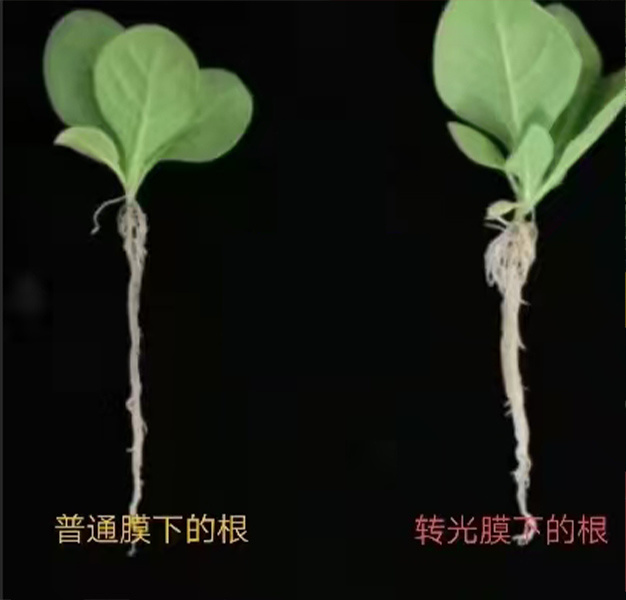
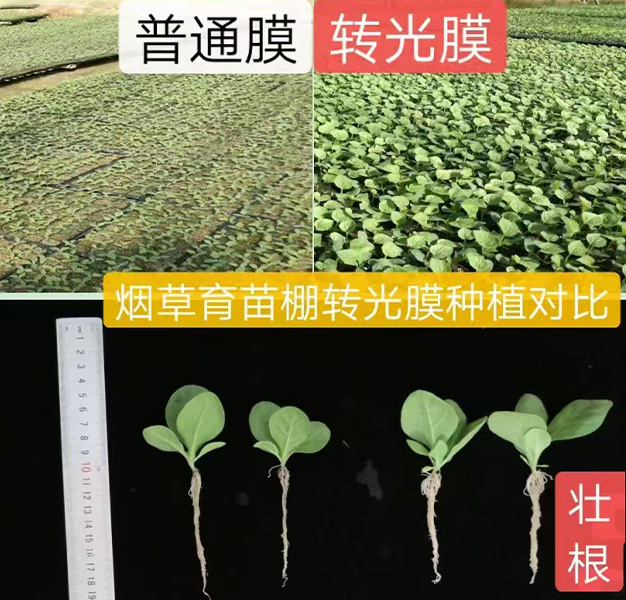
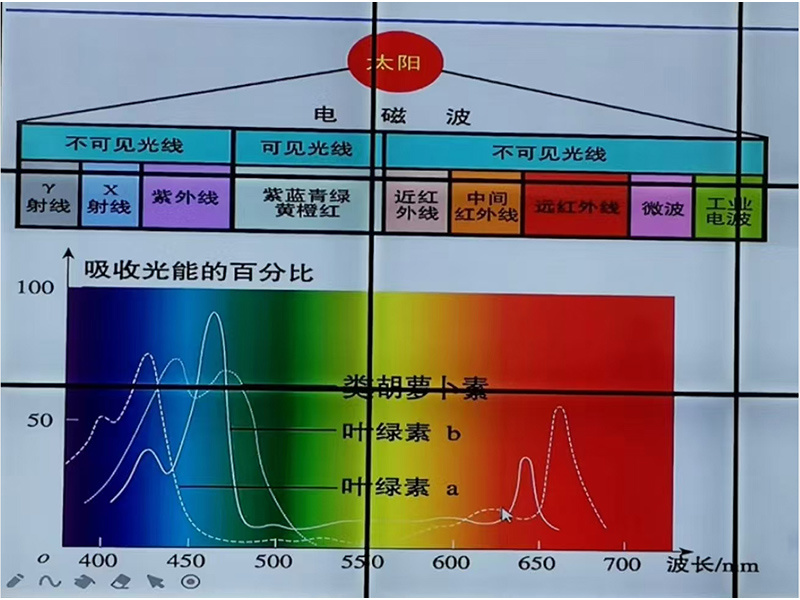
Light Conversion Film Video Demonstration
Blue Light Conversion Film
Get a free quote
Please fill in your contact information and your needs, and we will arrange a professional to contact you!
Agricultural Technology
Which crops are suitable for using reflective film?
FAQ
Q
Are you a manufacturer?
A
Yes, we are a agricultural film manufacturer in China, covering an area of 7,000 square meters with a daily output of 50 tons.
Q
What information should I provide to get an accurate quotation?
A
Option 1: Dimensions, thickness, width, and length and specification;
Option 2: Functional requirements, such as anti-fog, anti-drip, light conversion, diffused light, etc.;
Option 3: What plants are the greenhouses used for?
Option 4: In which country or region will it be used? Please provide a detailed description of the climate conditions at the site of use, including temperature, precipitation, etc?
Option 5: The service life (lifespan) you require for the product.
Q
Can your products be used in areas with strong UV radiation?
A
Yes, our products are very popular in the Xinjiang market of China, where there are 13 hours of sunlight during the day.
Q
What is your production capacity?
A
We produce 50 tons per day, approximately 1,100 to 1,500 tons per month.
Q
Are you willing to provide samples?
A
We provide samples for free, but the customer needs to pay the express delivery fee.
Q
Do you inspect the finished products?
A
Yes, the company has professional testing instruments and a testing department. Quality inspection is carried out for each production step and the finished products before delivery.
Q
Can your products be used in areas with frequent acid rain?
A
Yes, our products can also be well applied in acid rain areas, such as Yunnan, Sichuan, Guizhou, etc.
Q
What is your delivery time?
A
Our delivery time is about 10 to 20 days.
Q
What is your minimum order quantity (MOQ)?
A
Our minimum order quantity is 1 ton.







